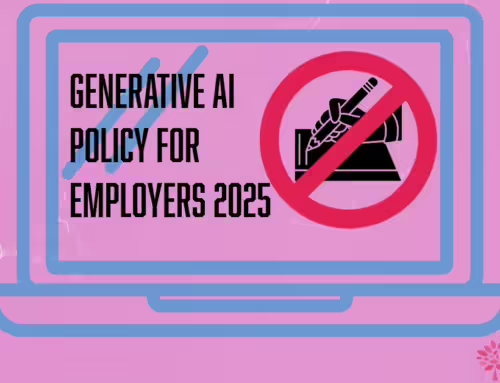With the announcement that furlough is going to be extended in some form or another till the end of September I have dropped some notes below that may be useful about what things may look like as the scheme evolves to support workers returning to work.
Current state – till the end of July
What is clear is that the current scheme of 80% of workers pay up to £2,500 via the Job Retention Scheme is going to be in place until the end of July 2020. This means that the employee cannot work whilst furloughed and must be off for at least three weeks at a time.
Obstacles to exiting furlough
So, if there were no extension employers would be faced with the challenge of all of their furloughed team returning to work and assuming their previous hours of work irrespective of whether work was available or not.
The HR implications of not needing all employees back tend to lead us into discussions about:
- returning on short hours or part-time work (with part-time pay)
- making team members redundant as a way of aligning costs and pay to available work
- unpaid layoff from work with the employee only being eligible for Statutory Guaranteed Pay
- employees using holidays to make up the shortfall in hours
None of the above is particularly attractive to employees and the big risk is that employers simply look to make redundancies using the backdrop of COVID and a decline in business as a credible business reason for reducing headcount.
What’s likely to happen after the current scheme ends
At the moment there are few details about will happen after the current scheme ends but the clues are that employers will be asked to share some of the burden, rather than the State paying the whole bill.
To give an idea of what could happen, the best bet is to look at the long-standing German model of compensation to avoid job losses known as Kurzarbeit.
Under Kurzarbeit employers can claim back a min of 60% of the net pay for an employee’s lost hours if they are placed on short-time working with the employee having to lose a min of 10% of their normal pay to qualify. So, employees can work some hours per week, with the lost hours being paid at 60% of normal pay.
In principle, the UK scheme has been modelled on the long-standing German model and has been more generous than the German one by replacing pay at 80% to the £2,500 threshold, but, has not allowed employees to undertake any work whilst furloughed.
Applying Kurzarbeit to the UK furlough scheme
Scenario 1
To get people back to work the UK scheme will need to change with the biggest being that furlough is likely to allow workers to do some work during the working week, with the State being on the hook for a percentage of the workers lost hours of work – probably with a threshold of working a min number of hours or a set % of normal time to qualify.
Whilst no one can guess the Government’s percentage that it will pick up, it is highly likely that the scheme will be flexed to allow workers to come back part-time with some income being replaced by the State for hours that they have lost – ideally the contribution would be set at the current 80% but the actual percentage is unknown.
There is still the case that employers will more than likely be required to pay normal wages and claim back the unworked percentage, but it would give employers the flexibility to bring the team back in phases on reduced hours to mirror business needs, without having to leap to redundancies as a way of managing costs.
Scenario 2
The employees remain on furlough for their normal working hours, but the State will only pay a lower percentage of the current 80%, with the employer paying the balance to maintain the 80% of normal wages up to £2,500. There is no firm decision as to the Government’s future contribution, but it is likely to reduce.
Qualifying employees
What has been inferred by the latest announcement is that the extended scheme is likely to only apply to employees who were furloughed when the scheme came in to play, so if you already have employees at work they are not likely to qualify for this new furlough scheme.
I accept this is speculative but may give some clues as to the most probable changes after the current scheme comes to an end.




